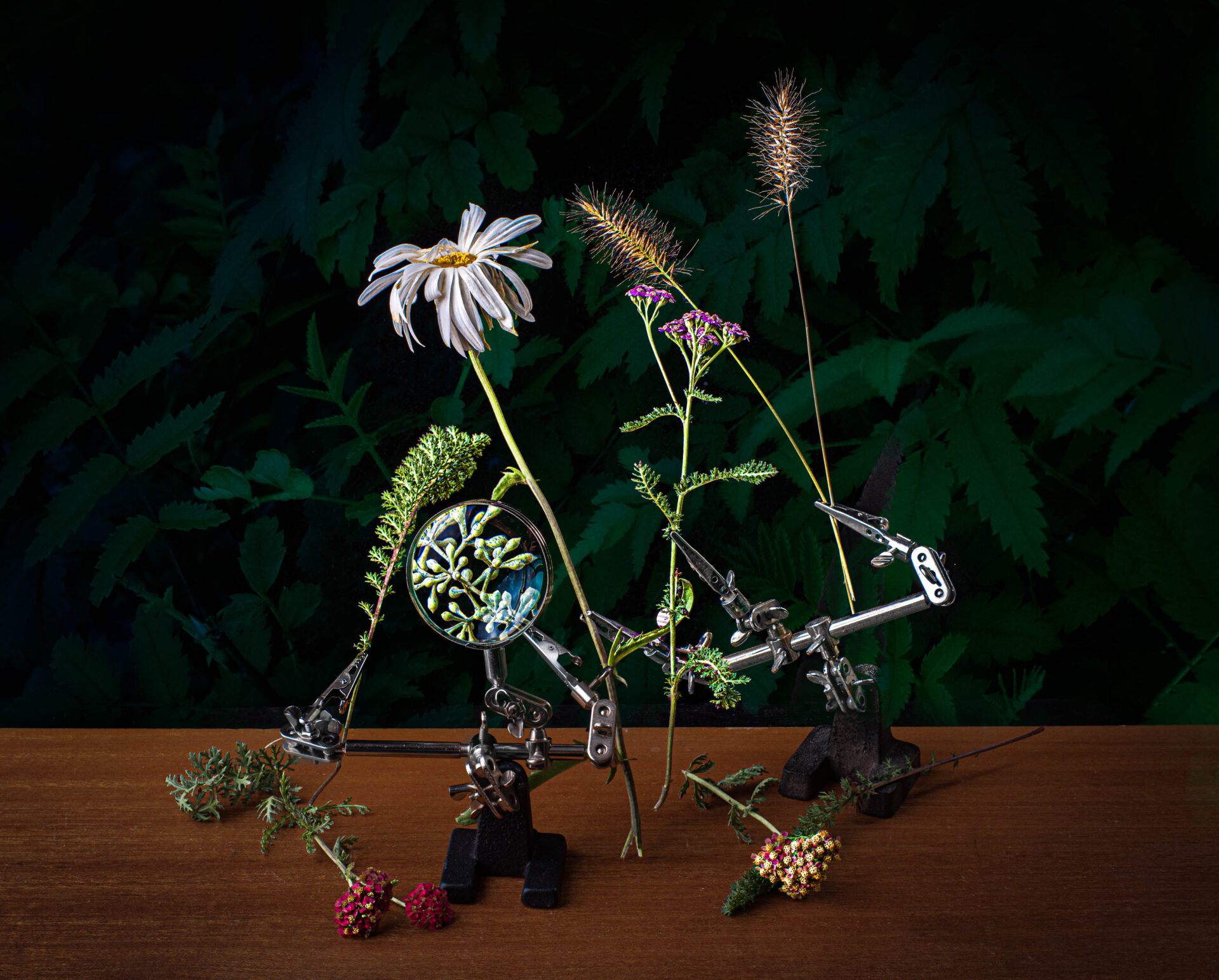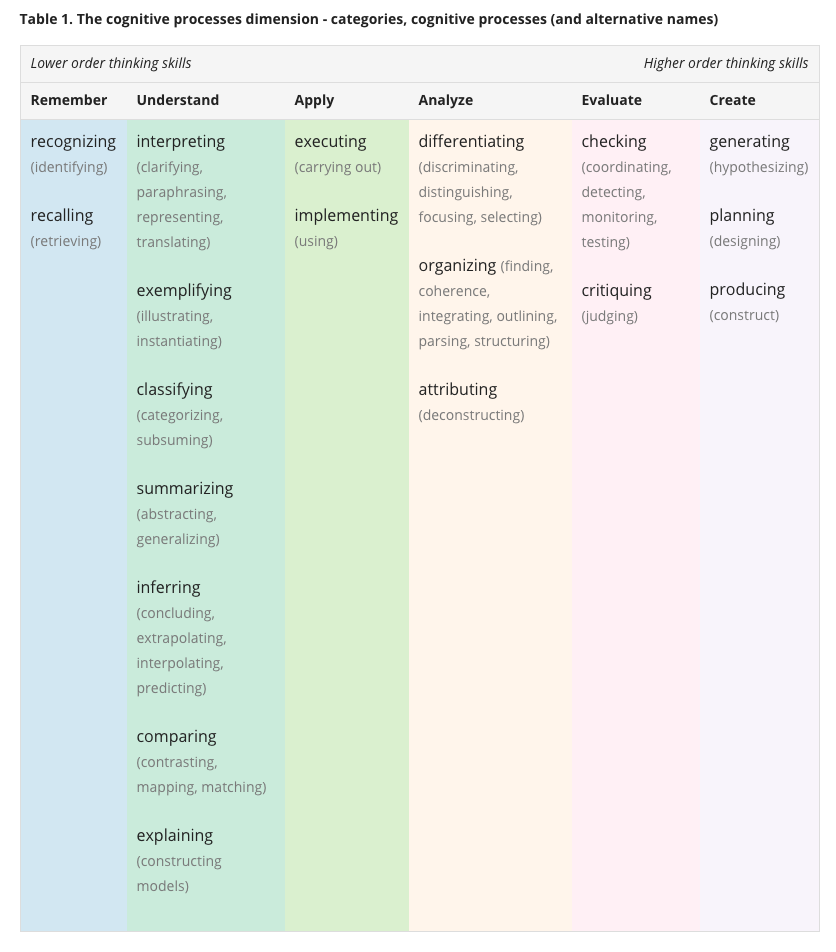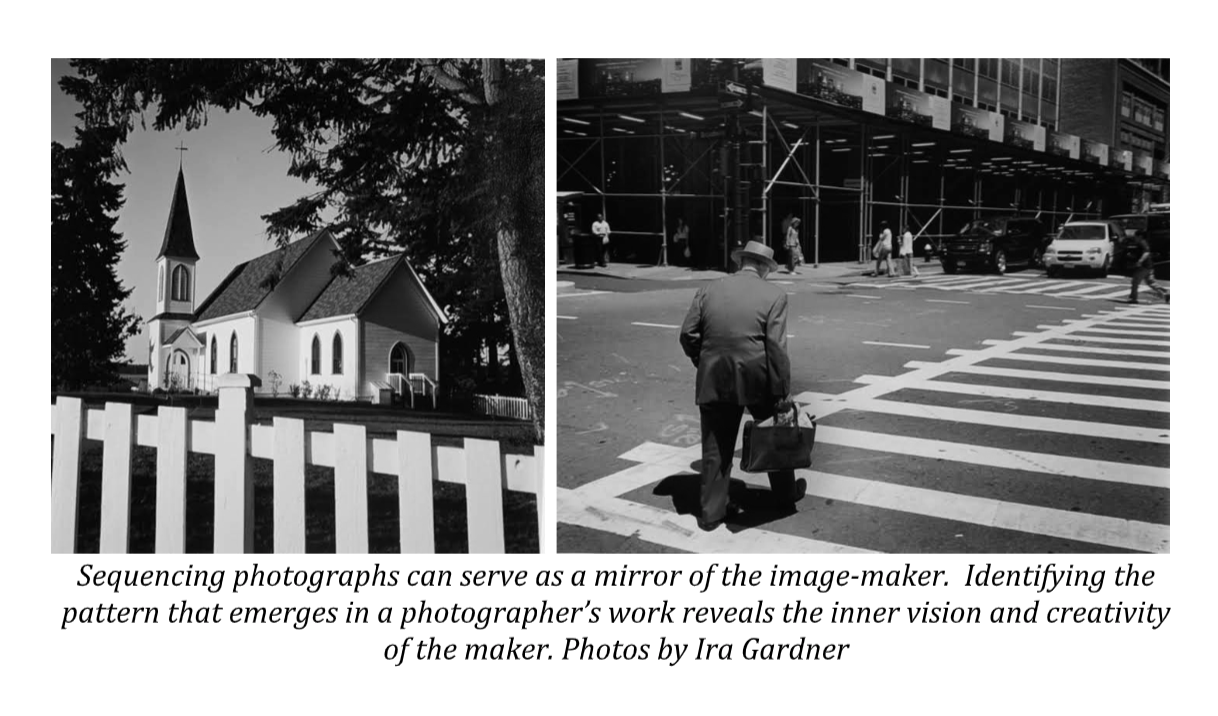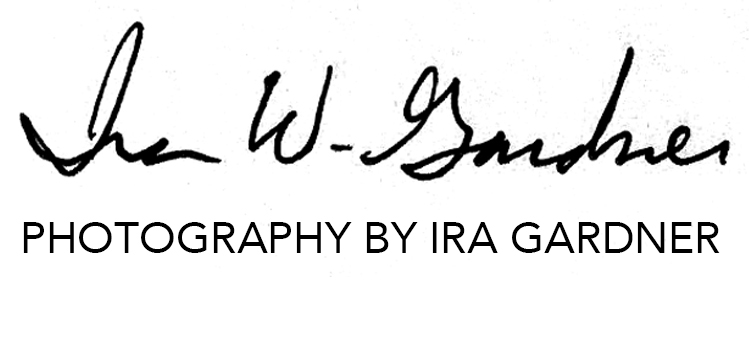
This is a continuation of a group of essays I am writing that explore how photography can be creative in spite of being a process of mechanical reproduction of pre-existing objects in front of the lens.
Levels of Cognition
In order to understand the mental processes that build towards creativity I’m using the language of of Bloom’s taxonomy and the levels of cognition. As you can see from the chart, creativity is the highest level of cognition and perhaps the highest level of human achievement. While the technology of the camera may seem to make photography a simple act, the process of making an image that is considered art is deceptively complex.

When we look at the levels of cognition we start Remembering and work forward. recognizing and recalling is one of the first ways we can improve our photography. By studying the exposure triangle and looking at a lot of art and design, we remember combinations of exposures and compositions that help establish a successful image. Memory is an important part of the creative process.
As I look at the levels of cognition chart above I realize that most of the photographs I make, especially if it’s a social documentary, are really a reference to a past experience. Generally what catches my eye and triggers me to want to pick up my camera is something that reminds me of a moment I had previously experienced. This revelation helps me deepen my understanding of how the levels of cognition lead towards creativity.
The first step in making a photograph is to perceive something that draws my attention. Most of the time it is the perception of sight that causes me to pick up the camera. Other times I start out hearing something and turn to look and I see something that I recognize then I recall a memory of a similar experience, and I immediate interpret the possible meanings at a subconscious level and get excited and the consciously think: “yes! this is important!” I then pull up my camera to my eyes and point it at this subject.
I need to analyze the lighting conditions and meter readings to determine what aperture, shutter speed, and ISO settings are going to give me the proper exposure to create the image that I have pre-visualized in my mind. Once I have set the exposure I have to compose the image by arranging elements within the frame of the sensor or the film plane. I take several exposures making subtle adjustments to the composition. I must understand that the camera is forming relationships. I do not point the camera at a subject. I point it at the relationship of elements within the frame.
As we work our way up to the level of cognition involving understanding we gain insight into the medium we are working with. We understand the tools, we understand design elements and principles, and then we get up to being able to apply that understanding by being able to go out and make something. Creativity is about making an image not taking an image.
After we’ve captured the image either via film or digital sensor, we go through the editing process. We need the ability to analyze and to evaluate in order to refine our work. We develop different iterations of the imagery until we achieve something that is deeply satisfying. We experiment and repeat the process until we gain some confidence in what we are doing and we gain that epiphany of creativity where we find our authentic and original point of view in the work.
It is important to remember that the photograph is made four times over. First in the minds eye. Second it is made in the camera by framing the relationship of subjects. The third time is when we recompose the image by cropping it in the darkroom or on the computer in post production. Finally the image is made a fourth time in the viewer’s mind as they decode the image and form their own interpretations of the work.
In tableaux, still life, and composite photography the majority of the creative act happens in pre-production and all of the levels of cognition occur through the planning and execution of the work. Whereas candid photography engages the highest level of creativity in the editing process and over time through the relationship of one image to another.

Because the majority of photography is a candid and intuitive response to a subject that pre-existed in front of the lens, the true creative act doesn’t happen until a pattern emerges in a larger body of work that reveals the unique viewpoint of the photographer. It is these patterns that reveal the brushstrokes of the artist. Over time as the patterns emerge a photographer starts to develop a unique style that is recognizable. It is at this point the photographer is able to express their creativity on a consistent basis.
Ultimately the process of developing creativity in photography happens through what is known as the ten thousand hour rule that says that if you do something over and over you get pretty good at it and you start to develop a style.
A journey towards creativity starts with the first click of the shutter followed by thousands more.
Enjoy your journey!
Ira

